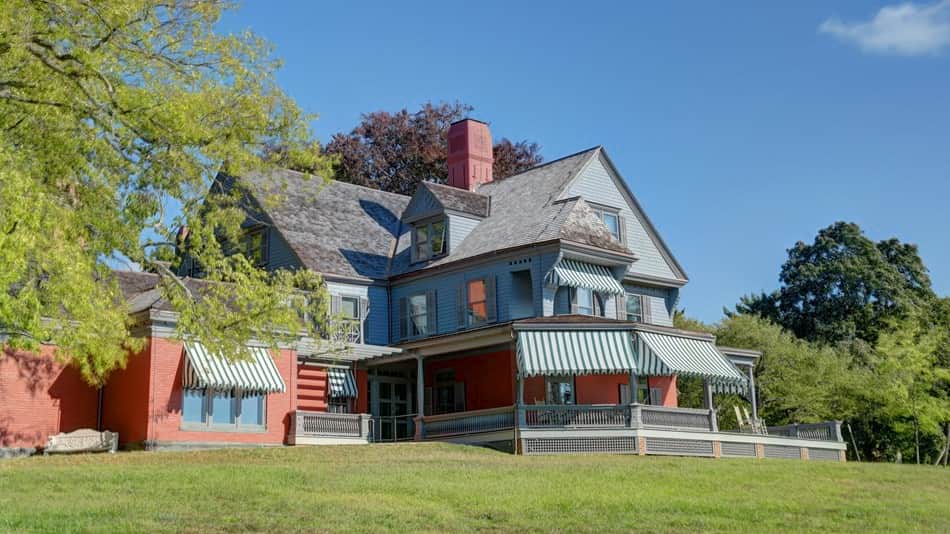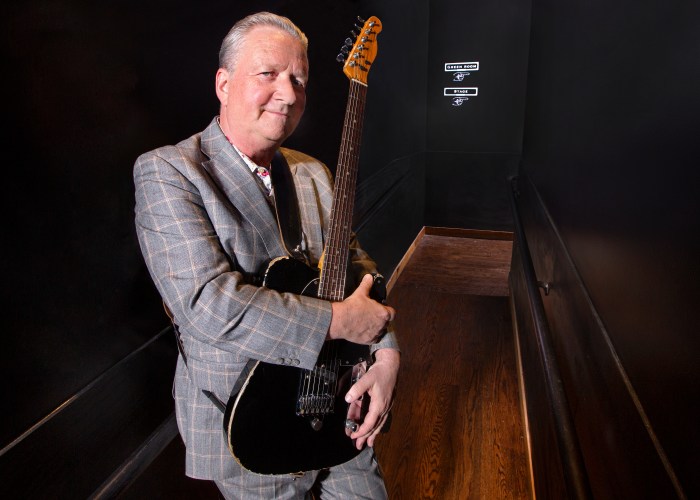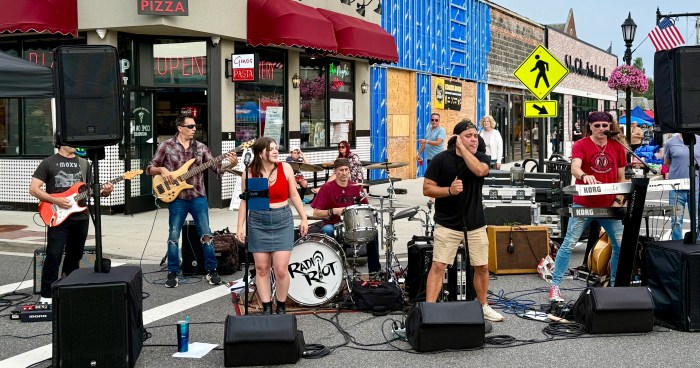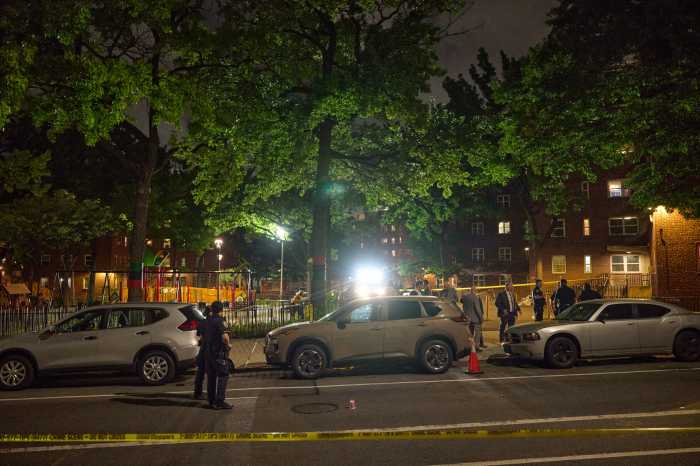On Jan. 20, the United States of America will carry out a tradition nearly as old as its democracy: the inauguration of its next president. President-elect Joseph R. Biden will be sworn in as the 46th U.S. president alongside his vice president, Kamala Harris.
The two are making history, earning the most votes in any U.S. presidential election. Biden, 78, will be the oldest president. Biden’s wife, Dr. Jill Biden, a college professor, will be the first First Lady to keep her occupation while in that role. Harris is the first Black person, South Asian person, and woman to assume the office of vice president. That will make her husband, Douglas Emhoff, the first Second Gentleman, who will also be the first Jewish spouse of a president.
So in the spirit of presidential history, why not take a stroll through these national historic locations on Long Island? Here are six local spots where you can learn about U.S. history and commemorate the January inauguration.
TEDDY ROOSEVELT HOUSE, SAGAMORE HILL
Theodore Roosevelt, the nation’s 26th president, lived in Sagamore Hill from 1885 until his death in 1919. His Summer White House is part of a preserved 83-acre historic site where visitors can catch a glimpse of his time on the North Shore.
Although the buildings are closed and in-person tours are not permitted due to Covid-19, visitors are welcome to explore the grounds for free during this time. There are several walking paths and trails that pass by the home and museum, or there are online tours at nps.gov/sahi.
CULPER SPY RING TRAIL, SETAUKET
Choose from a walking, bike, or kayak tour of this historic site in Setauket, where Gen. George Washington led a spy ring during the Revolutionary War. The biking tour is 15 miles, and the walking tour is about three.
Three Village Historical Society historians lead these tours, providing lots of interesting tidbits about our first president as they guide guests through the trails where the British and Patriots once roamed in the war for our independence.
GRAVE OF RICHARD NIXON’S DOG, WANTAGH
The dog of Richard Nixon, the 37th president from 1969 to 1974, is buried at Bideawee Pet Memorial Park in Wantagh. Nixon’s cocker spaniel, Checkers, died in 1964. Though Nixon never lived on Long Island, he buried Checkers there out of convenience. Now, you can still visit Checkers at the pet cemetery. The staff may have a little history on hand about the grave.
GREY GARDENS, EAST HAMPTON
Drive by 3 West End Rd. in East Hampton, and you’ll see the Hamptons’ most famous home, Grey Gardens. Jacqueline Kennedy Onassis, or Jackie O, the widow of President John F. Kennedy, visited the home frequently in her youth.
The home belonged to Jackie O’s aunt and cousin, both named Edith Beale, who are famously known as “Big Edie” and “Little Edie.” The 1975 documentary Grey Gardens is about the two eccentric personalities living on the Long Island estate.
STATUE OF GEORGE H.W. BUSH’S SERVICE DOG, SMITHTOWN
In November 2020, a statue of President George H.W. Bush’s service dog, Sully, was installed at America’s VetDogs in Smithtown. The life-size statue was created by sculptor Susan Bahary and is on display for all to see.
Staff at America’s VetDogs, a nonprofit organization, trained Sully themselves and paired him with Bush in 2018. Sully offered Bush companionship and assistance with daily tasks before the 41st president died in November 2018. Sully now helps patients at Walter Reed National Medical Center in Maryland.
WILLIAM FLOYD’S ESTATE, MASTIC BEACH
William Floyd, the first New York delegate to sign the U.S. Declaration of Independence, was born in this Mastic Beach house in 1734. Future presidents Thomas Jefferson and John Adams also signed it. Floyd was one of four New Yorkers to sign the document and the only one with a house that’s still standing and open to the public.
Floyd’s great-great-granddaughter, Cornelia Floyd Nichols, and her children donated the house to the National Park Service in 1976. Though the building itself is only open for tours from Memorial Day through Veterans Day, it’s still worth a drive-by this January.
Sign up for Long Island Press’ email newsletters here. Sign up for home delivery of Long Island Press here. Sign up for discounts by becoming a Long Island Press community partner here.


































